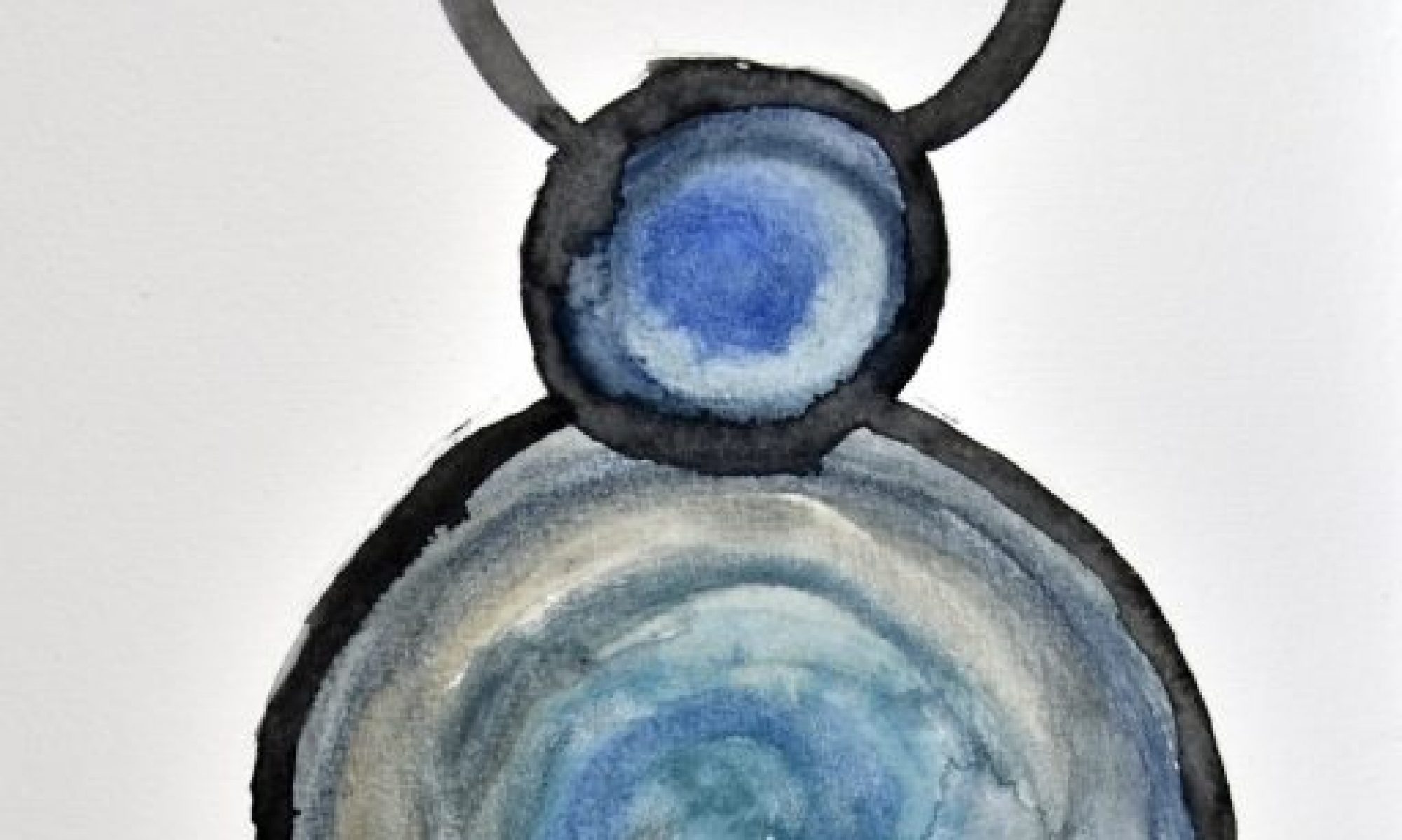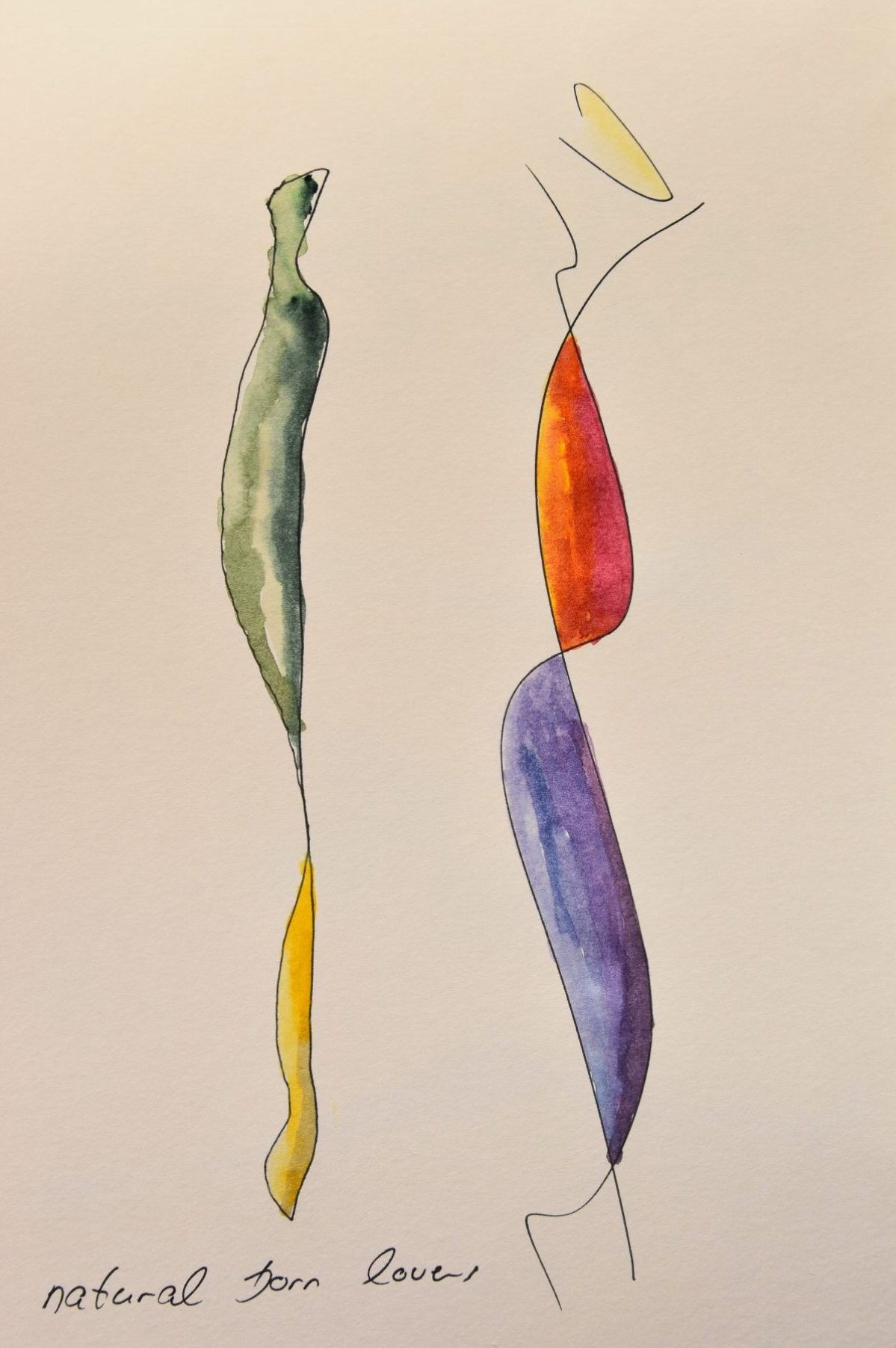We had to remove the original article as it revealed critical security issues in the known NFT platforms.
Sorry and keep safe.


nONhOFF – artworks to collect and enjoy
modern art for you – heal, grow and be

We had to remove the original article as it revealed critical security issues in the known NFT platforms.
Sorry and keep safe.